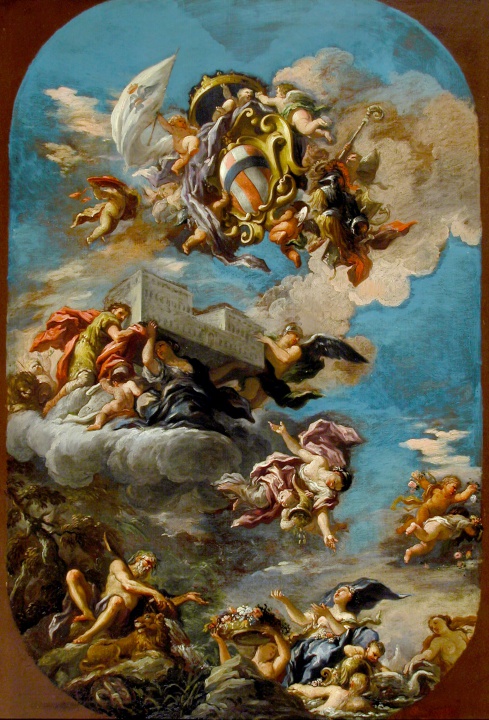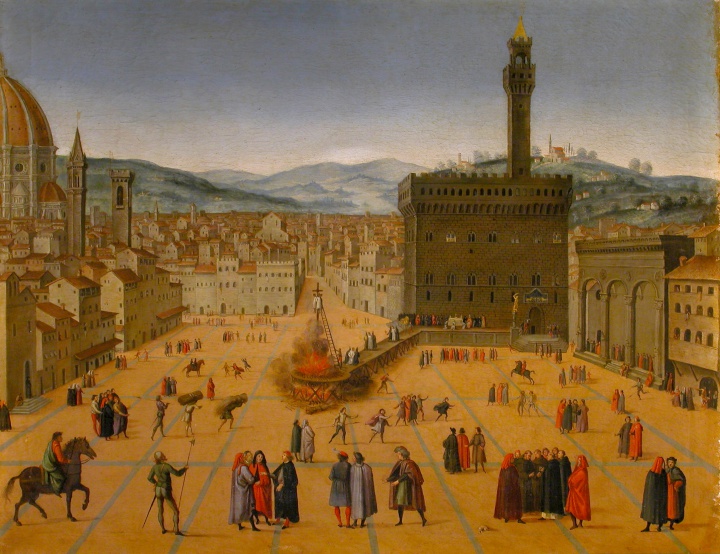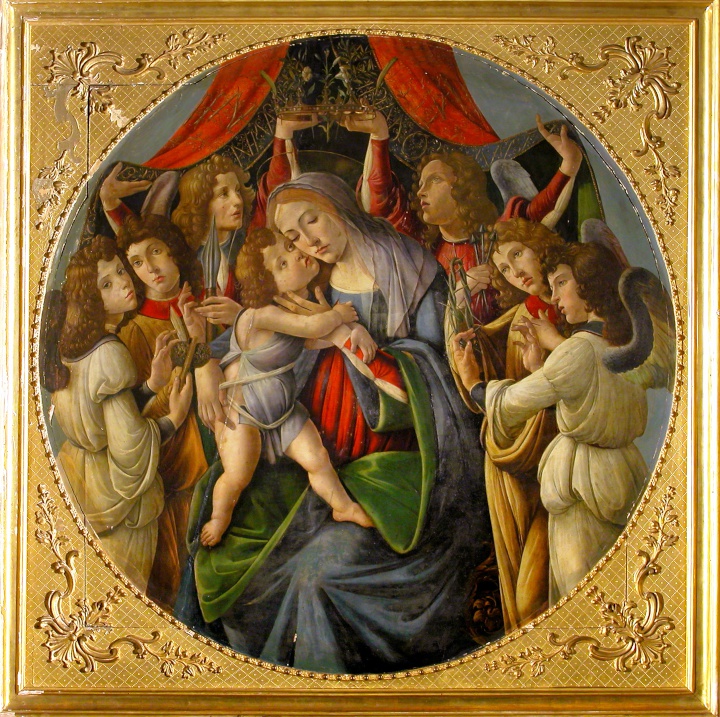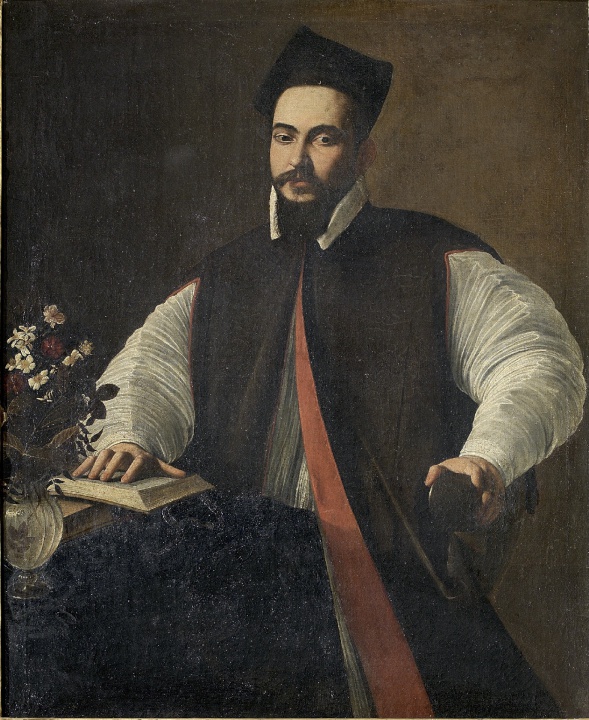Review of 'The Corsini Collection: A Window on Renaissance Florence'
Review of The Corsini Collection: A window on Renaissance Florence

The Auckland Art Gallery has mounted an exceptional exhibition of masterpieces, by a variety of major European artists from the 14th to the 20th century, that tells the story of one of the most important families in Italy. In order to display these paintings in New Zealand, Mary Kisler, senior curator to the Mackelvie Collection and International Art, simply put in a personal request to the Corsini family. Their lengthy ancestry enables her to survey a broad swathe of artistic history from the Renaissance to modern photography.
The Corsini Collection also allows the spectator to explore Italian history. Visitors are welcomed by a genealogical tree which helps us understand the important role the family has played throughout European history, starting in the 1300s with their migration to Florence, where it soon assumed leading roles in government, law, banking and trade. When they arrived in Italy, the Republic of Florence had started to emerge as one of the most important mercantile and financial centres of the Western world.

The Corsini family also left its mark on the Catholic Church. Andrea Corsini became their family saint, three of them were cardinals, Pope Clement XII was a member of the family, Filippo Corsini was created Count Palatine and Tommaso Corsini encouraged the foundation of the University of Florence. The construction of Palazzo Corsini in 1728 (which took 78 years to complete), physically embodied both their cultural prestige and importance to the city. The Palazzo still exists, under the name of Galleria Corsini.
The history of this family and its paintings has endured throughout the centuries. During WWII, Princess Elena Corsini managed to preserve the art collection from confiscation, retaining the close connection between her family and the paintings. The Auckland Art Gallery exhibition recounts the story of this enduring heritage.

The art collection itself, preciously protected by the Corsini family, contains some masterpieces from Botticelli and Raphael, standard-bearers of the Italian Renaissance. This cultural movement was led by artists who wanted to erase the traces of the Middle Ages by reviving classical Greek and Roman culture. The show includes highlights of three major painters: Giovanni Santi, the father of Raphael; Raphael himself, whose works on the ideal of human grandeur inspired many other painters in the exhibition; and Botticelli, whose Madonna and Child with Six Angels immediately attracts the eyes and touches the heart. Botticelli in particular surpassed his contemporaries by developing many of the techniques of Renaissance painting and applying his unique personal style.
Since the Corsini Family took such a large part in the religious activities of Florence, their paintings were indelibly stained by the Religious Wars of the 16th and the 17th centuries. In art, the ideological revival of Catholicism was expressed be the Baroque movement, which represented the wealth and power of the Catholic Church compared to the simplicity and plainness of the Protestant faith. Caravaggio's revolutionary use of light and darkness is represented here by his 1598 Portrait of Maffeo Barberini, a rapidly rising Church prelate.

The Corsini Collection not only tells the story of a powerful and noble Italian family, but also displays the evolution of these art movements in parallel with the history of larger European ideas. Walking through the spacious galleries, we feel as if we were strolling through the centuries in Florence.
The Corsini Collection: A window on Renaissance Florence at Auckland Art Gallery until 21 January.


 National Youth Theatre: 140 Christchurch Kids Shine In National Youth Theatre’s Historic CATS Premiere
National Youth Theatre: 140 Christchurch Kids Shine In National Youth Theatre’s Historic CATS Premiere NZ Symphony Orchestra: NZSO To Tour Masterworks By Mozart, Beethoven, Haydn And More
NZ Symphony Orchestra: NZSO To Tour Masterworks By Mozart, Beethoven, Haydn And More Journal Of Public Health: Vape Shops Cluster Around Schools
Journal Of Public Health: Vape Shops Cluster Around Schools Timaru District Council: Aigantighe Art Gallery Hosts An Iconic Robin White Touring Exhibition
Timaru District Council: Aigantighe Art Gallery Hosts An Iconic Robin White Touring Exhibition Victoria University of Wellington: Dame Winnie Laban Awarded Honorary Doctorate Recognising Achievements For Pasifika
Victoria University of Wellington: Dame Winnie Laban Awarded Honorary Doctorate Recognising Achievements For Pasifika  HESSA: This Isn’t Fair—And It’s Time To Fix It - HESSA Petition Calls For Inclusive Student Sports
HESSA: This Isn’t Fair—And It’s Time To Fix It - HESSA Petition Calls For Inclusive Student Sports